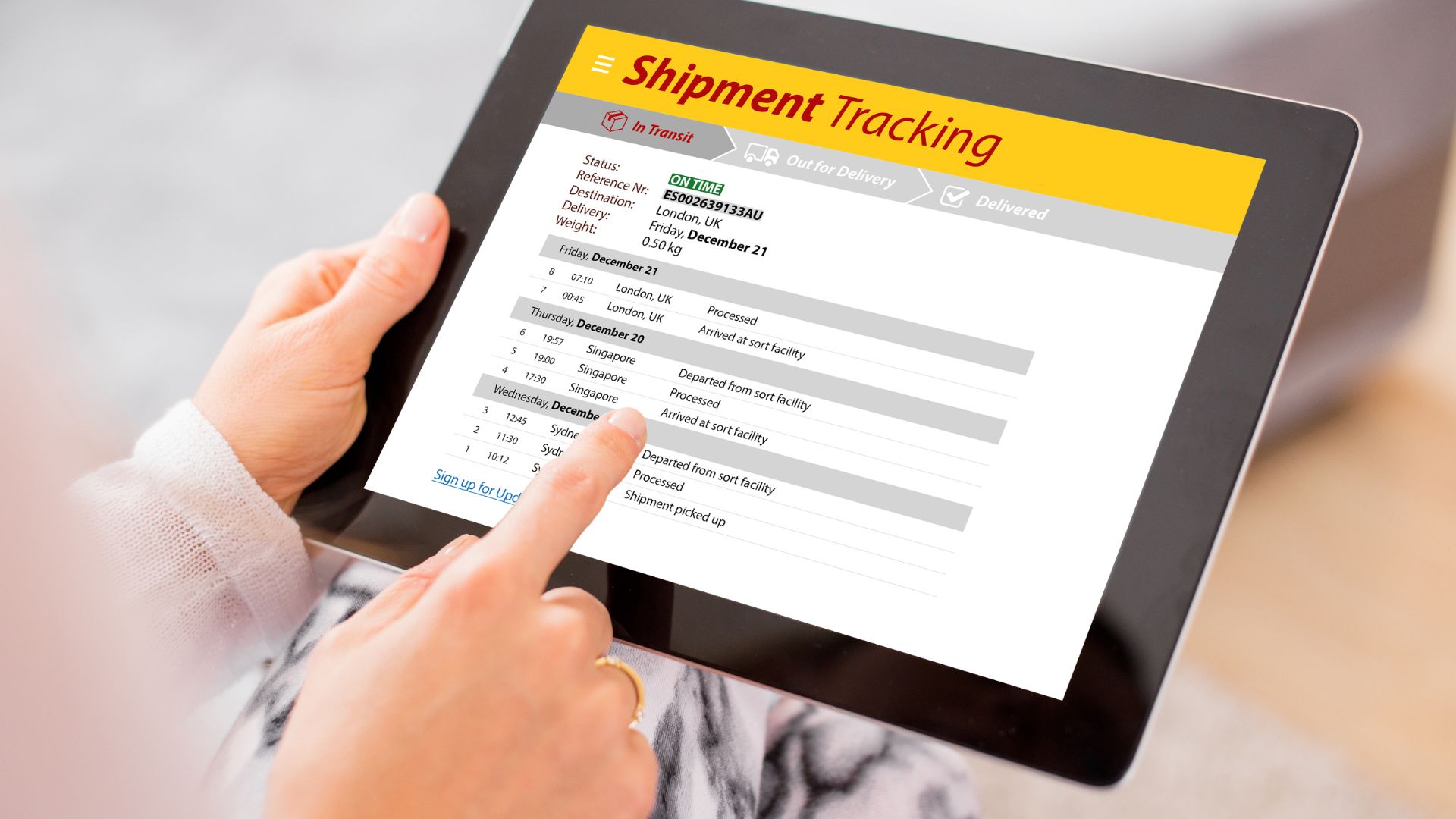Manufacturing costs are rising as product demand rises. Since overseas trading volume dropped by 9.5% in the first six months of 2020, and total worldwide trade fell by 16%, the manufacturing industry has started to ramp up again. As people buy more, production rates are increasing. How can manufacturing companies mitigate this? Offshore manufacturing is the most straightforward way to achieve this, but there are other ways that these companies can ensure minimized costs. Keep reading to learn about the top five ways that manufacturing companies mitigate costs.

The primary way that manufacturing companies lower the costs of their business is by outsourcing their manufacturing. Using offshore manufacturers allows businesses to pay less for production labor. The wage differentials across the globe make offshoring very attractive to manufacturing companies and for a good reason.
Offshore produced products are high quality… if the specifications are high quality. If the specifications call for low quality, well, that’s up to the customer! The bottom line is, with a professional OEM contract manufacturer like ITI, what you spec is exactly what you get. More specifically, we assure you what you spec is what you will receive. Even though products are created offshore, they’re not low-quality. ITI Manufacturing’s proven process is a thorough, time-tested methodology with a high level of communication and attention to detail designed to eliminate the risk of an undesirable or unusable product.
With the right balance between the lower costs of manufacturing offshore and quality assurance protocols, offshore manufacturing is the first consideration for a company to lower its cost of goods.

When trying to lower costs, one thing a company could address is its current cost plan, assessing the current steps that take place at every level. For an offshore manufacturing company, this will include product sourcing, negotiation, quality insurance, sampling, the manufacturing process, and logistics.
Each of these factors has costs associated with them, but time is another factor to consider. The number of people associated with each step of a project is important as well. If you have four people and only three are necessary, that’s one more person to delegate to another part of the process. The quality to cost ratio should also be addressed when manufacturing companies look at their cost and spending trends.

Once your manufacturing company has looked at its cost structure, it’s time to take action. If you found that you’re spending too much on materials, start negotiating with your vendors. Here are a few ways to effectively start the negotiations:
- Research Costs – Walk into a negotiation knowing the costs of the material you will be discussing. This gives you the advantage and makes you look prepared for the meeting. It will also help you feel more confident in your asking price.
- Highlight Your Mutual Gain – Let the supplier know that you want to help their business grow as yours does. Discuss a relationship that can start between your companies. Let them know that you are serious about growing your enterprise.
- Bring Competitor’s Quotes – This is another great way to let the supplier know you’re prepared. Talk to other options out there before you meet with the supplier you want to nail down. They don’t have to be your first choice of supplier, just another company that offers a lower price. With the knowledge that you’re talking to others, the supplier will feel the need to jump on the business opportunity quickly.
- Find Former Customers – Before you agree to a meeting, ask for a few references from other clients. They will give you only the clients that they have a positive relationship with. Make sure these clients are happy with their service and ask if they’ll share the price they pay. This is another bargaining tool you can use at the first offer from the supplier.
- Have a Deposit Ready – This is a great way to secure a supplier. The higher your deposit is, the more the supplier wants to work with you. If you can manage a 50% down payment for the supplies, you’ll be at the forefront of the supplier’s mind when they’re discussing who to go with. You might even start your relationship that day.
With these tips in mind, you’ll be set to negotiate a lower price for your materials, and therefore, your clients. Never settle for a price without negotiating with your supplier. You can even talk to your current supplier about potentially lowering prices if you increase the size of your orders.

While it may seem counter-intuitive to pay more while trying to cut costs, buying in bulk for a projected project or a long-term client is another great way to do it. You’ll find that suppliers will offer lower prices for bulk orders. Starting a long-term project with one overseas manufacturer can also lower the cost per unit. This has to do with materials, labor, and shipping costs.

Skipping over samples and quality assurances will get you into trouble. Even if the product is not broken or low-quality, it may not be up to standards. This could result in the loss of a client. Also, it can take more time and money to make up for what you’ve lost than doing things right the first time around,
This is especially important when manufacturing overseas. Have a team in place to spend time checking every facet of production. This part of your process is focused on repeatable quality on behalf of the customer.
Stive to “get it right the first time”. The faster you discover an error, the less expensive and less disruptive it is to correct.
Why Choose ITI Manufacturing?
Our proven process assures your products are manufactured to your specifications. All testing as well as inspection criteria checked and verified prior to being put into action. ITI Manufacturing is the right choice when you’re looking to manufacture offshore.





